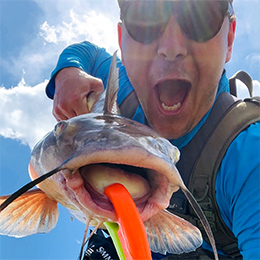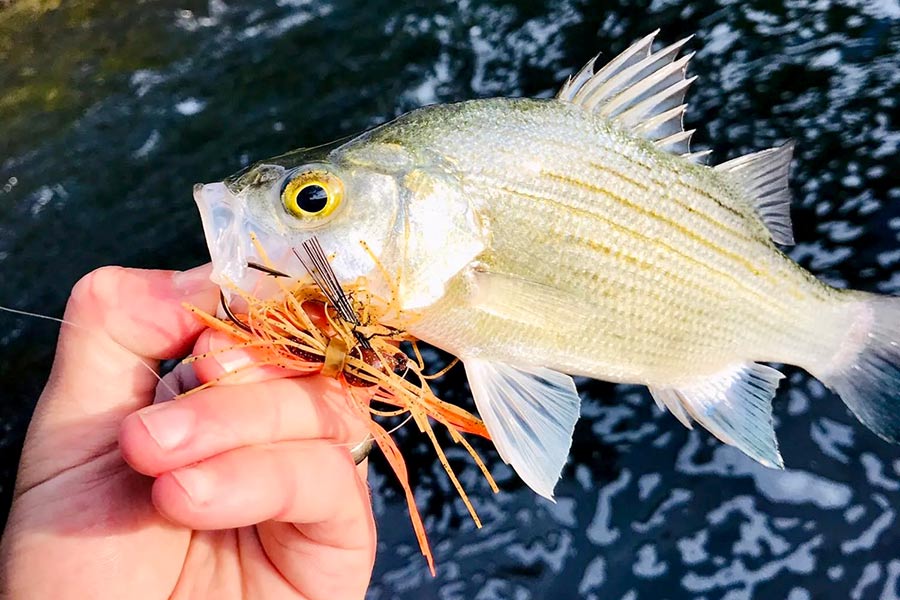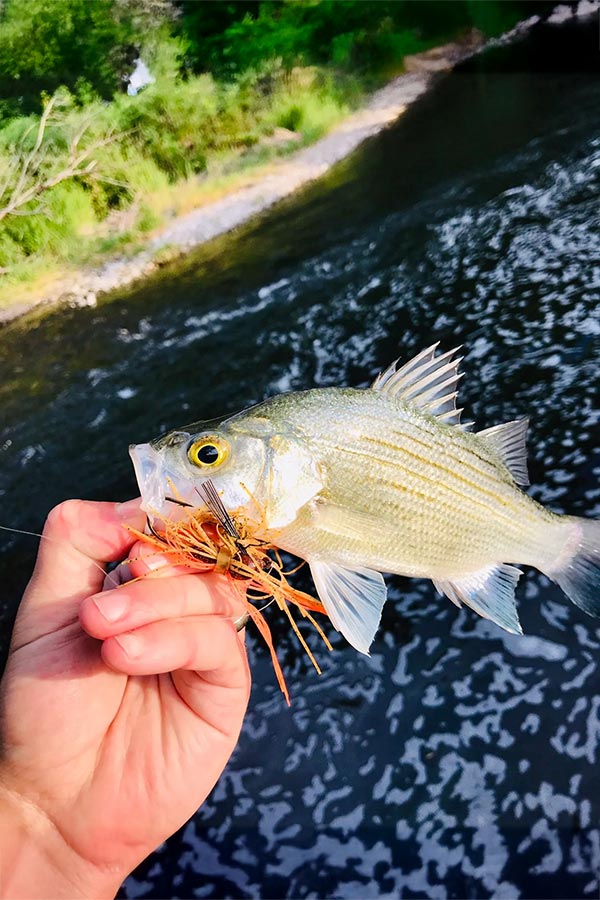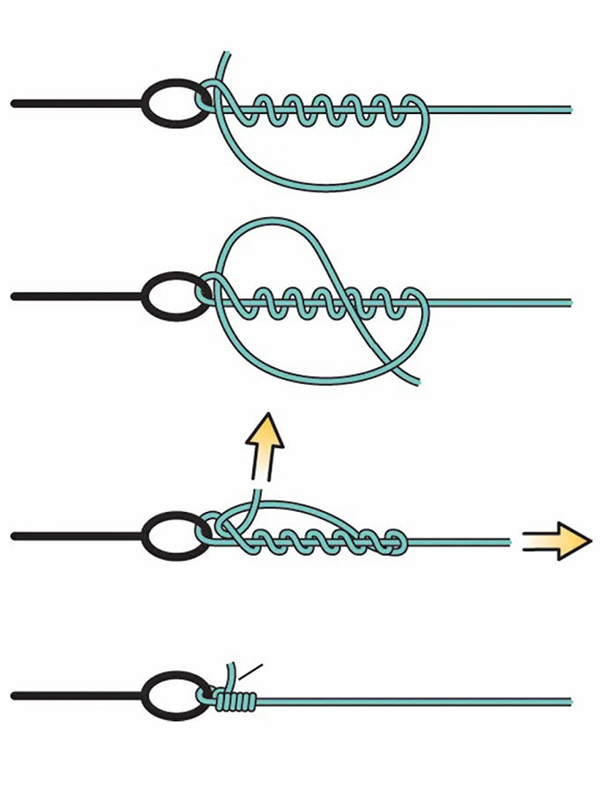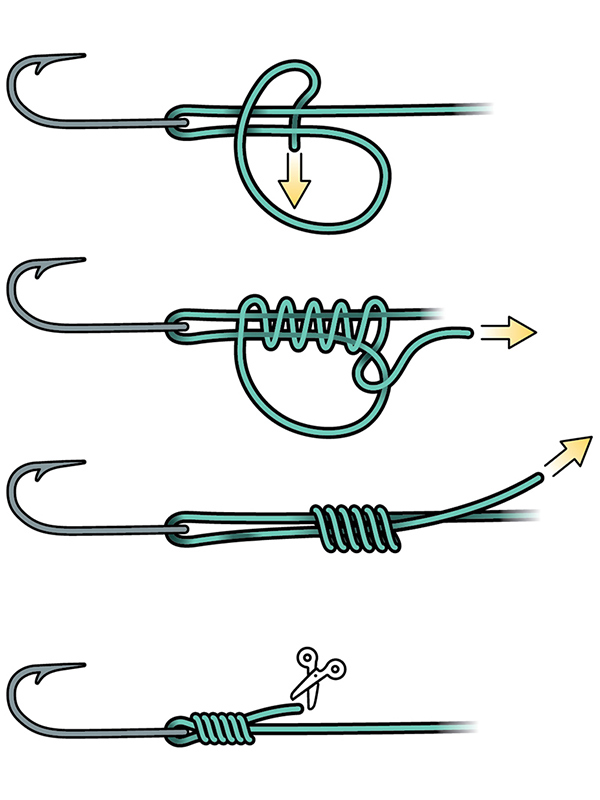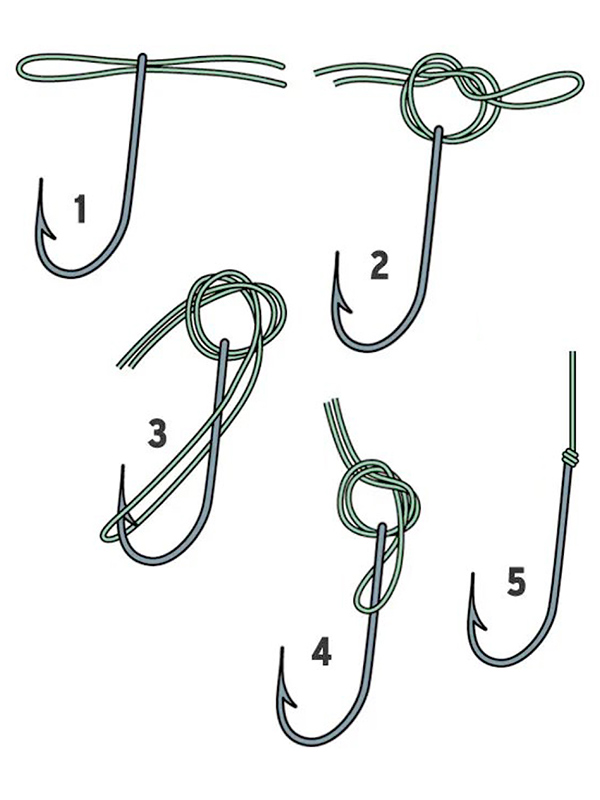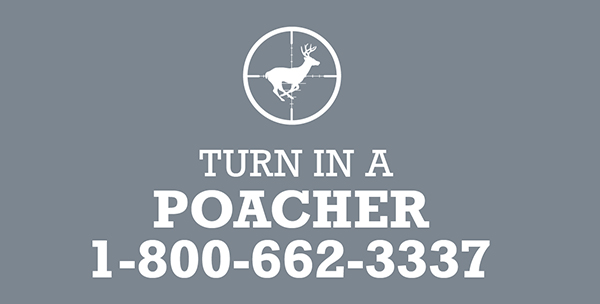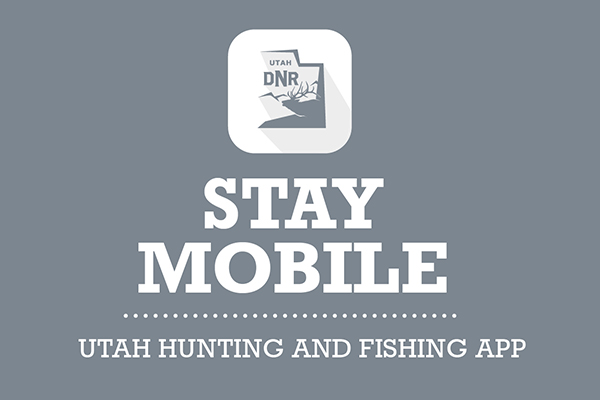Learn to fish: tying the knot
How to tie basic fishing knots, selecting the right knot for the job and tips for tying better knots
Michael Packer
Conservation Outreach Manager
DWR Central Region
Knots are essential in fishing. They affix the fishing line to a hook, lure or other tackle. The knot is a critical link between the angler and the fish, allowing the angler to keep the fish hooked.
Despite their importance, knots are often neglected by anglers. Improperly tied knots frequently fail, and few things are more frustrating for an angler than losing a fish because of a poorly tied knot. Learning to tie strong, reliable knots can help you land more fish.
Fishing knots
It can be a bit overwhelming for new anglers to see the seemingly endless variations of fishing knots that are recommended. But keep in mind that many of these knots are specific to certain environmental conditions, fish species or angling techniques. Learning these kinds of application-specific knots can be useful as you become a more advanced angler.
However, even professional anglers don't know how to tie every fishing knot in the book. Anglers don't need to know how to tie every knot to be successful. Narrowing your focus and taking the time to master a few versatile knots is going to be far more beneficial than knowing how to mediocrely tie a dozen different knots.
Most anglers have three or four knots they have mastered and routinely utilize. These knots become your "go-to" knots because they check three important boxes:
- They are relatively easy to tie.
- They are strong.
- They are versatile.
There are several knots that check these boxes. Three of my go-to knots are the improved clinch knot, uni knot and Palomar knot.
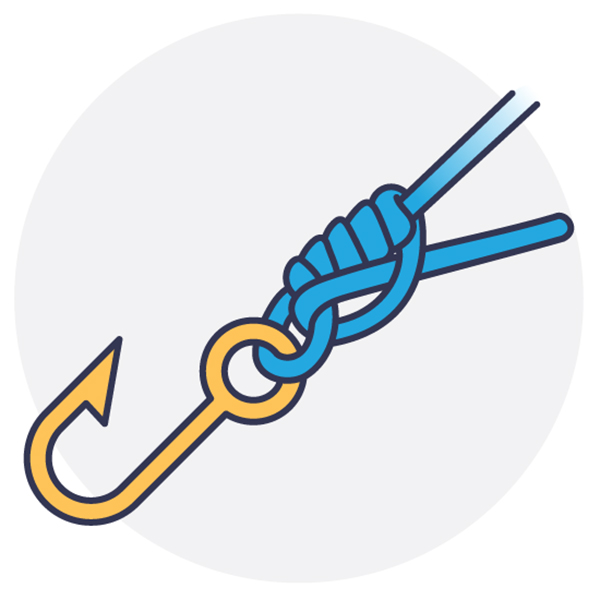
Improved clinch knot
The improved clinch knot is one of the most popular and widely used fishing knots. It is often one of the first knots an angler learns when they begin fishing. The knot is typically used for securing fishing line to hooks, lures or swivels and works well for all types of fishing line — monofilament, fluorocarbon and braided line.
The knot can be tied in four simple steps:
Step 1
Pass the end of your fishing line through the eye of the hook, lure or swivel. Wrap the free end of the fishing line around the main line five to six times.
Step 2
Pass the free end of the fishing line through the loop closest to the eye of the hook, lure or swivel.
Step 3
Then, pass the free end of the fishing line through the newly created loop.
Step 4
Moisten the knot and pull the main line tight while holding the free end of the fishing line securely.
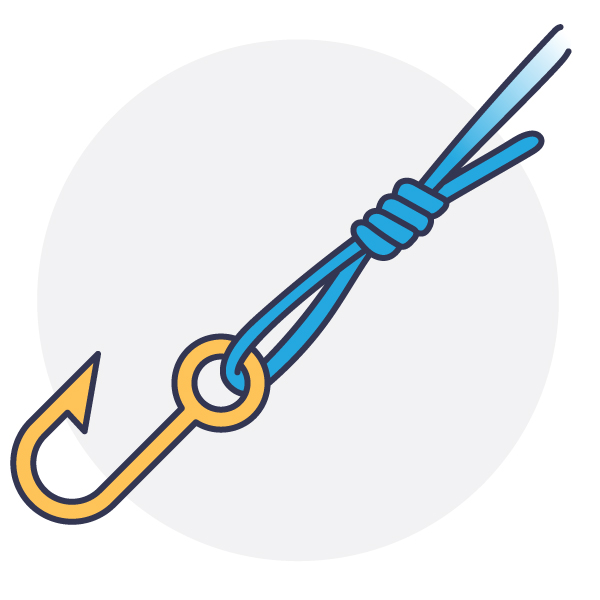
Uni knot
The uni knot is a simple, versatile knot. Its simplicity makes it an ideal knot to use with monofilament or fluorocarbon line. The knot is typically used for securing fishing line to lures, flies or swivels. It is also a popular knot for creating line-to-line or line-to-leader connections, using a double uni knot.
The knot can be tied in four simple steps:
Step 1
Pass the end of your fishing line through the eye of the lure, fly or swivel and double back — parallel to the main line — forming a loop by laying the free end over the doubled line.
Step 2
Wrap the free end of the fishing line around the double line and through the loop six times.
Step 3
Moisten the knot and pull the free end of the fishing line to tighten the knot.
Step 4
Then, pull the main fishing line to slide the knot down to the eye of the lure, fly or swivel.
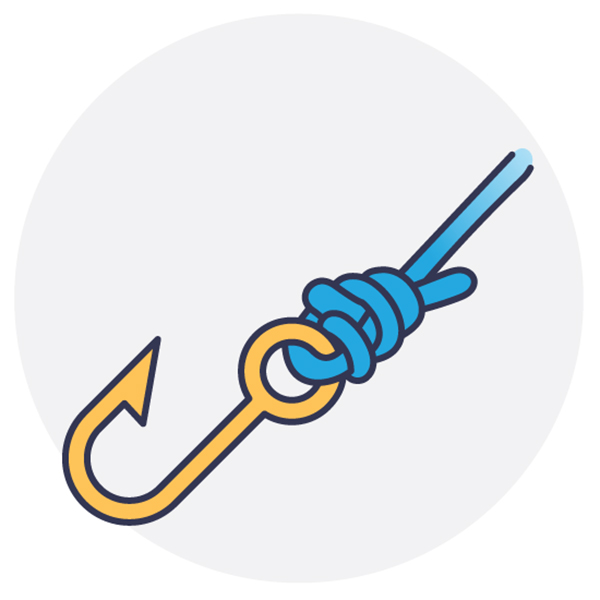
Palomar knot
The Palomar knot is both strong and simple to tie. It is joked that nothing is stronger than love, except a Palomar knot. The knot is used for securing fishing line to hooks, lures or swivels. It works especially well when tying on large hooks and when using braided fishing line.
The knot can be tied in four simple steps:
Step 1
Double the end of your fishing line and pass it through the eye of the hook, lure or swivel.
Step 2
Tie a loose overhand knot with the double fishing line.
Step 3
Pass the end of the double fishing line (loop end) down over the entire hook, lure or swivel.
Step 4
Moisten the knot and slowly pull on both ends of the fishing line to tighten the knot.
Tips for tying better knots
Once you have the basic steps down, there are some small tweaks (but mighty good techniques) you should use when tying any fishing knot:
- Moisten the knot with saliva or water before pulling it tight. Moisture does two things: it helps the knot seat correctly or fully tighten, and it reduces friction heat that can cause the fishing line to stretch and weaken.
- It's important to take your time when tying fishing knots. Slowing down to ensure you are tying the knot properly will improve the quality of your knot and reduce the chances of the knot failing.
- Last but not least, practice, practice, practice. The more you practice tying a knot, the better that knot and your confidence in that knot will become. Good, strong knots can help you land more fish.
Get started fishing!
- Learn to fish: planning ahead for success
- Learn to fish: lure and bait selection
- Learn to fish: casting line and catching fish
- Video: how to release fish
- Learn more about fly fishing
- The basics of ice fishing
